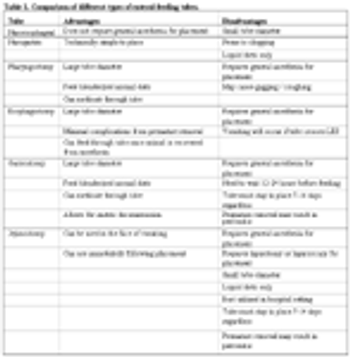
Orthopedic injuries to the distal limb may affect tendons, ligaments, bones, or articular structures.

Orthopedic injuries to the distal limb may affect tendons, ligaments, bones, or articular structures.

For certain procedures in the abdominal cavity, surgical staples may be an appropriate alternative to suturing.

Surgical exploration of the abdomen is performed for diagnostic, therapeutic, and prognostic purposes.

Nutritional support is indicated in cases of acute weight loss, persistent inappetence, malnutrition, increased metabolic demand, ongoing metabolic loss, or if the animal is physically unable to eat.

Brachycephalic airway syndrome refers to the condition of airway distress attributable to anatomical abnormalities.

Urinary incontinence is a relatively common problem in small animals with a variety of etiologies.

Leakage of urine into the abdominal cavity is a common condition following vehicular trauma in small animals.

For dogs suspected to have GDV (gastric dilation – volvulus syndrome), circulatory support is paramount.

Surgical fenestration of the intervertebral space provides a means of prophylaxis on disk disease.

Axial pattern flaps (APF) are a type of pedicle flap that include a large direct cutaneous artery and vein.

Cystotomy is a common surgical procedure in small animal surgery, most often performed for removal of uroliths.

Feline nasopharyngeal polyps (inflammatory polyps, middle ear polyps, aural polyps) are benign growths that originate from the middle ear or the Eustachian tubes of young cats.

Fractures of the pelvis are common.

Gastrotomy is a common procedure most often performed for removal of gastric foreign bodies.

The stomach is a C-shaped musculoglandular organ. It has the largest dilatation of the alimentary canal.

Thorough and timely assessment play a significant role in successful treatment of the critical colic.

The kidneys of the dog are paired, reddish brown, and bean-shaped.

It is important that the technician examines and inform the surgeon of any abnormalities before the patient is anesthetized.

The recovery period is a very important period where vigilance is the key as complications such as hypoventilation; hypoxemia, hypothermia, pain, and excitation are not uncommon.

There are many factors that play a role in airway management and ventilation.

Class IV laser therapy is a profit center that empowers you to provide advanced care and market your practice as a state-of-the-art facility.

Before any mention of surgery is made pain management must be addressed.

Clinicians working with "exotic species" should establish consistent anesthetic and analgesic protocols to manage cases that require diagnostic or surgical procedures.

San Diego - Veterinarians can earn more than 300 CE credits and peruse the offerings of numerous product vendors at the American College of Veterinary Surgeons' Symposium in San Diego Oct. 22-25 at the Manchester Grand Hyatt.

In order to prevent Maggie--a large-breed dog, from licking the wounded area, her owners reversed the Elizabethan collar.